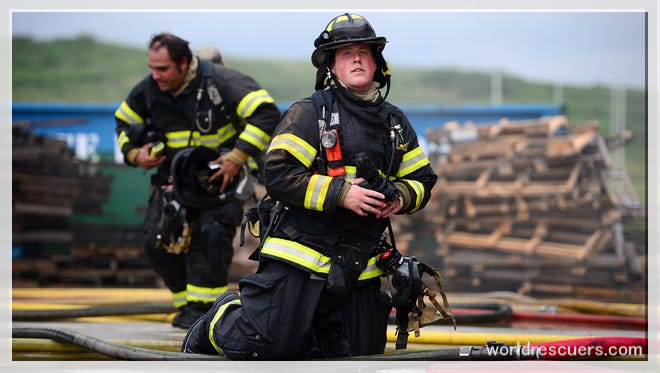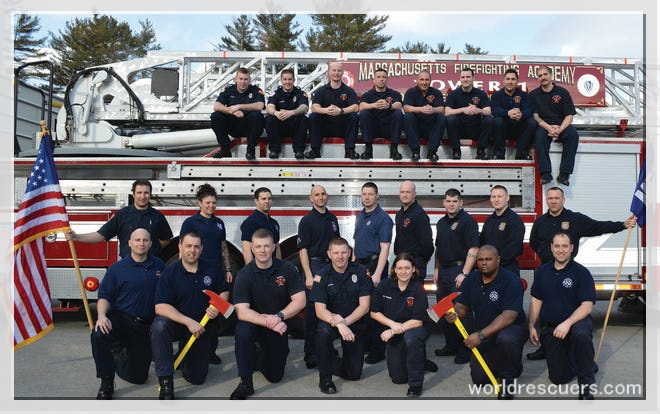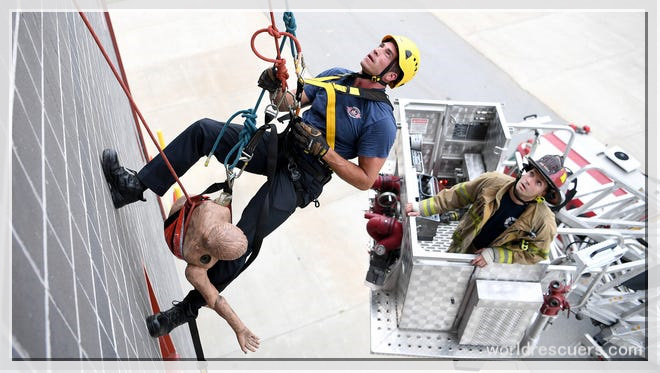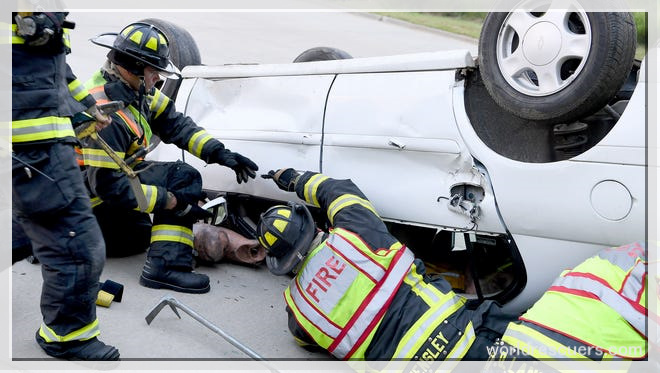
The Firefighter Academy and How to become a Firefighter
The Firefighter Academy teaches individuals about fire safety, and the National Fire Protection Association’s standards, and instructs on a number of other vital topics. One of the best ways to get into the academy is to get a college degree in fire science or emergency management. Next, you will want to find a volunteer position at your local fire department or spend time as an intern at any emergency service.

Some desirable qualities for those who want to become firefighters are team player, good communication skills, good leadership skills, and sound judgment.
What the Day-to-Day Life of a Firefighter is Like
A firefighter’s work schedule can vary depending on their location, but it usually includes 24-hour shifts. On the job, firefighters are usually tasked with extinguishing fires, rescuing victims from buildings and other structures, and providing emergency medical care.

In order to become a firefighter, one must compete in and graduate from a rigorous firefighting academy. There are many different firefighting academies across the country that produce graduates who are ready to hit the job market as soon as they complete their last class day.
The path to becoming a firefighter is often paved with challenges and obstacles, but it can be rewarding when you know you’re making an impact on others’ lives every day.
How Lifesaving Training for Firefighters Develops
Firefighters are among the most respected and appreciated members of modern society. But, how exactly do they get into the profession?

The training is rigorous and the Academy trains firefighters in skills including:
-Building layout
-Searching structures
-Searching for victims
-Firefighting tactics and so much more.
Firefighter Academy Requirements
Fire academy requirements vary depending on the city and agency that you are applying for. The Fire Academy is typically a 12-week course at the local fire academy.
The objective of this training is to prepare firefighter recruits for their first line, probationary appointment, and provide initial skills in a Fire Fighter I position. Successful completion of the academy provides an hourly pay rate upon hire and immediate eligibility for health, dental, vision, and pension benefits.
After you have completed your application to the fire academy, you will also undergo:
1. An interview process
2. Complete written testing
3. Aptitude testing
4. Physical fitness testing
5. Health examinations
6. Background checks
7. Mental health screening
You must also supply character certificates and job references as part of the application process for admission.
READ MORE: 11 Toughest Firefighter Interview Questions
Firefighter Academy Education
In an effort to improve public safety and provide a valuable service to the community, fire academies can be found in many different places. They are often found in rural areas and provide training for firefighters who would otherwise be unable to receive training.

Whether they are managed by federal, state, or municipal governments, fire academies all have similar goals. They send their graduates out into the world as highly-qualified firefighters who are ready to do anything that is asked of them.
First Responder (FR) firefighter academy education is a certification or degree program that provides training for future firefighters. The program is designed to teach basic firefighting skills and protocols. The coursework can vary from one academy to another, but all programs share the same goal: get the students ready for real-life firefighting situations.
However, the First Responder firefighter academy is not just a place for academics. It also offers hands-on training in how to use basic firefighting equipment. Such as breathing apparatus, hose lines, hydrant valves, couplings, and other related tools. Students will also learn about different types of fires and how to fight them.

Hi, I am John Smit a Captain in Fire Department City of Newyork with over years of experience in the field of Firefighting and HSE. My passion for fire safety started when I was a young boy and witnessed a neighbor’s house go up in flames along with precious lives. Since then, I had dedicated my life to ensuring the safety of buildings, properties, and individuals in case of a fire and medical emergencies.


1 Comment